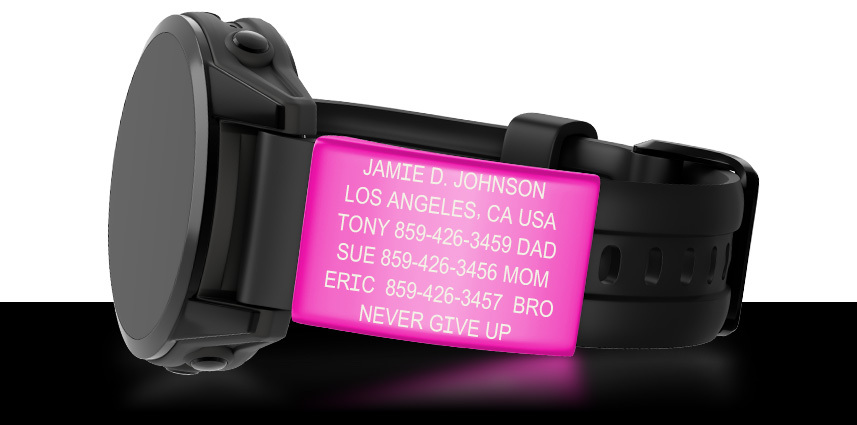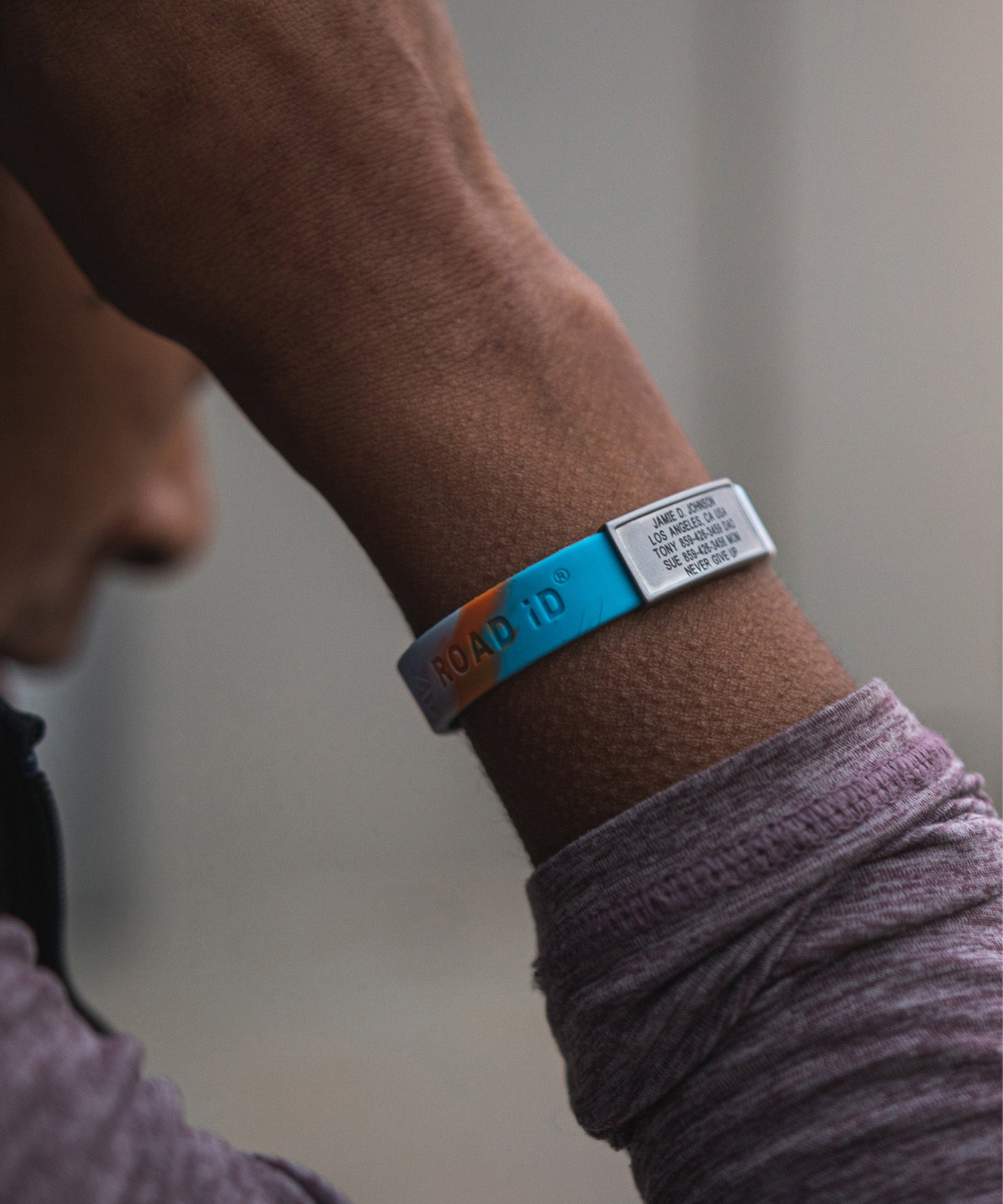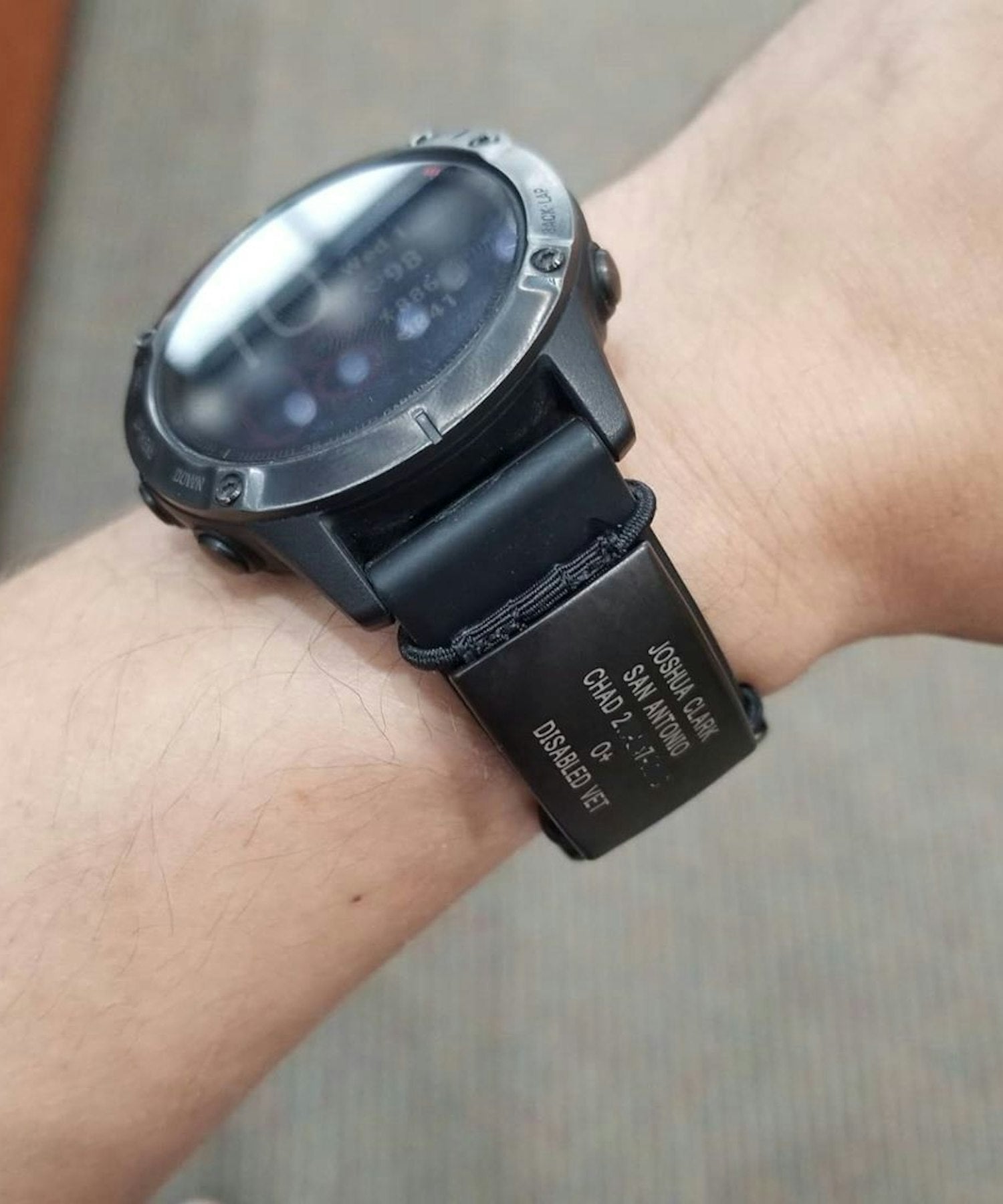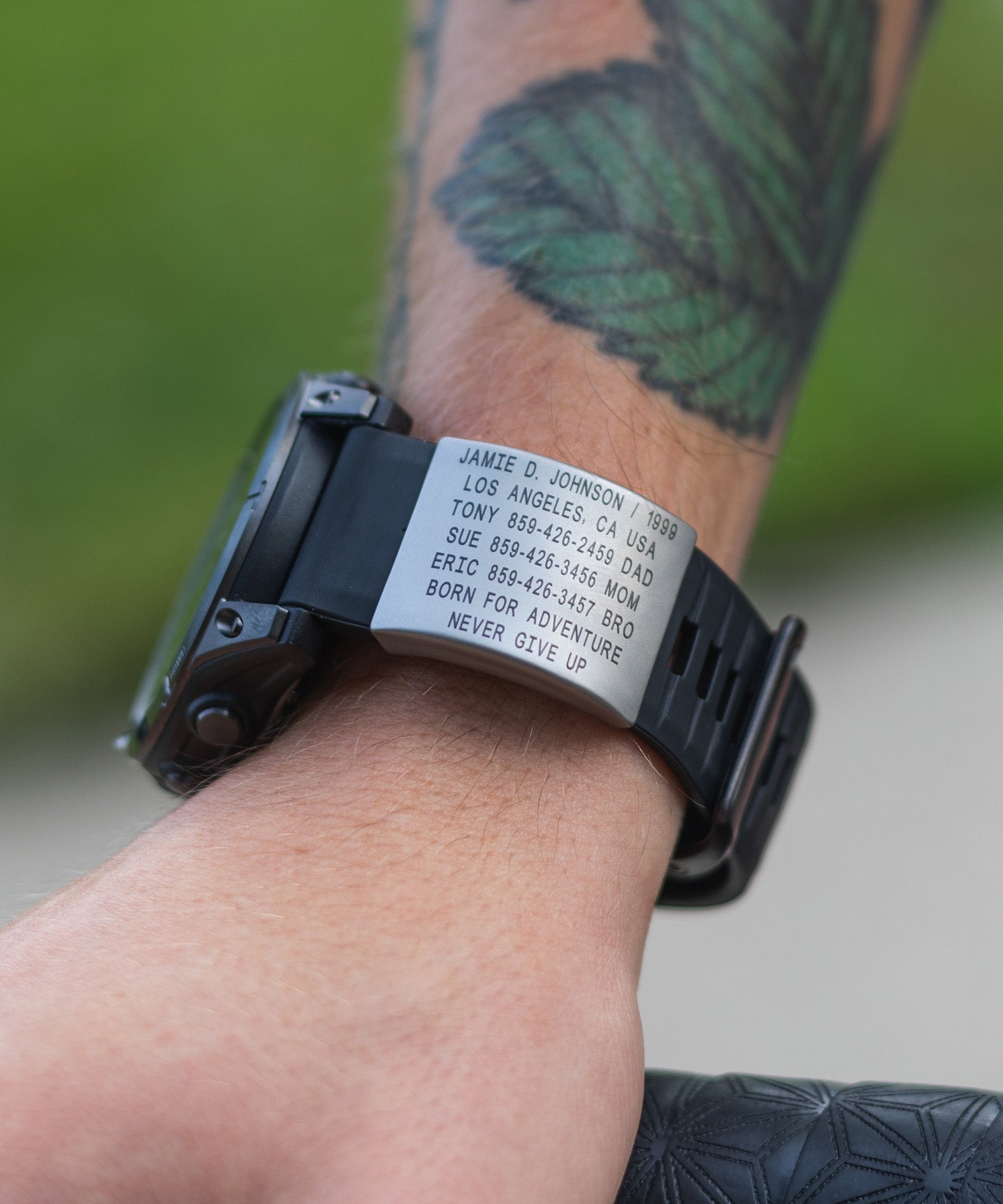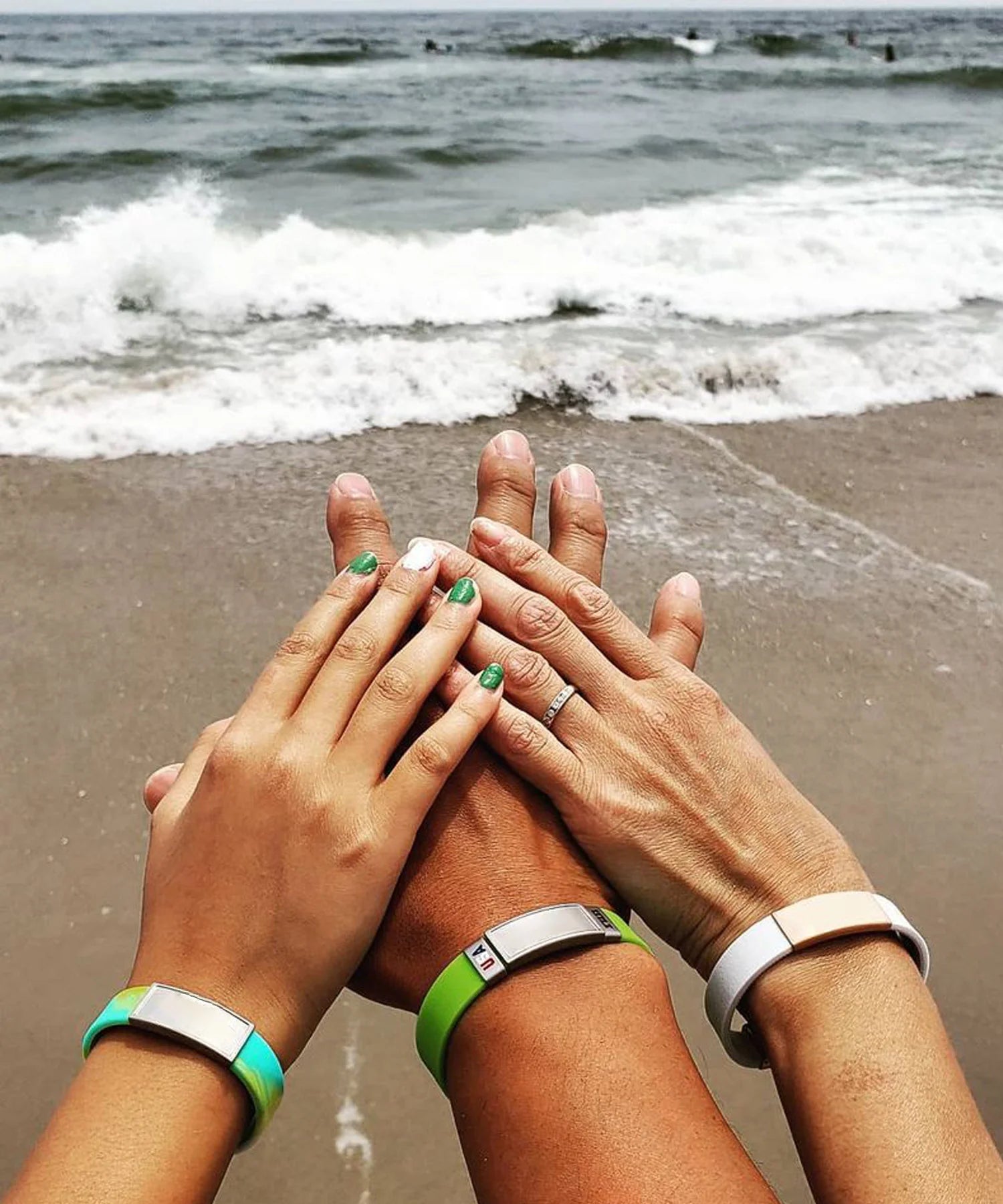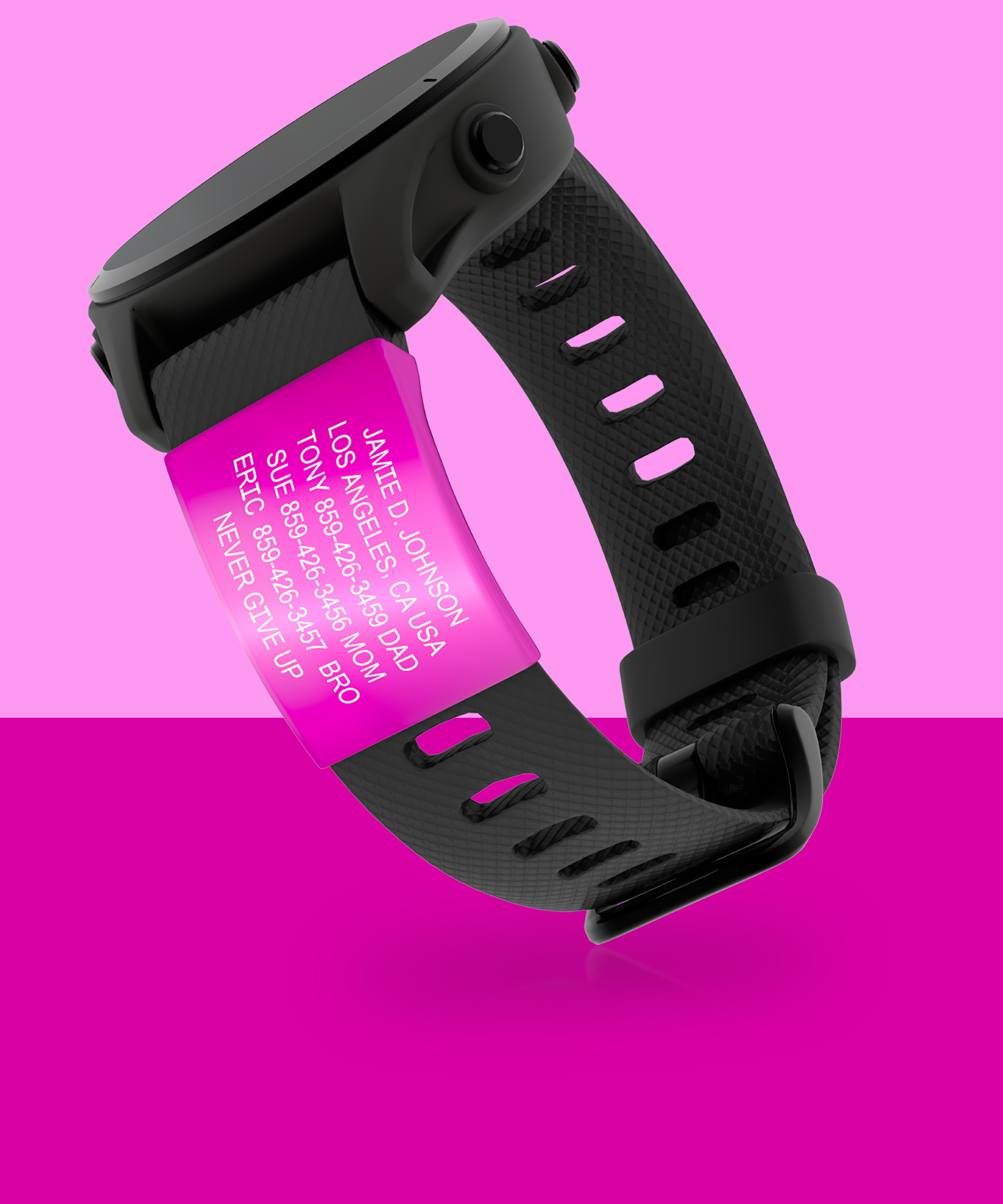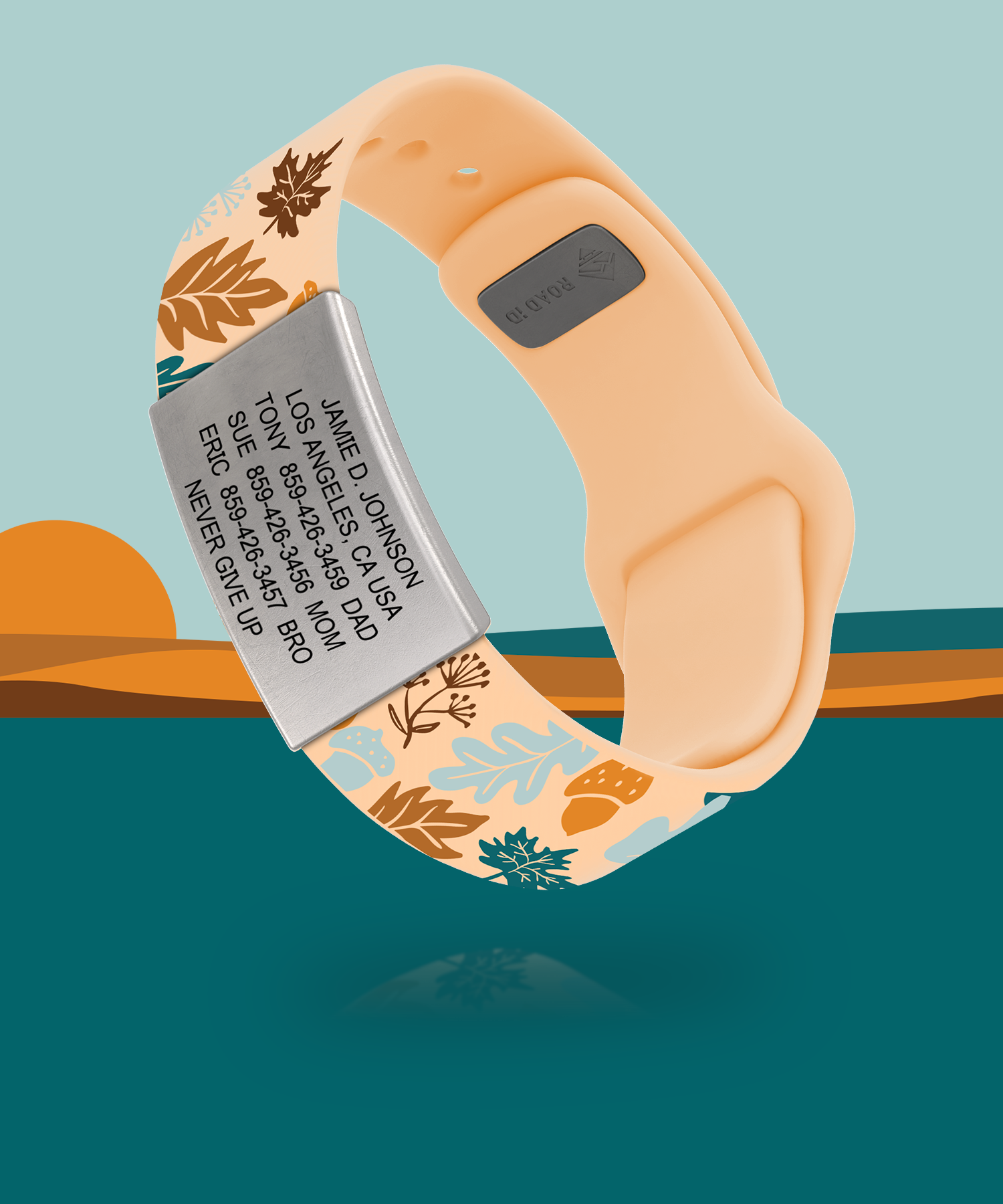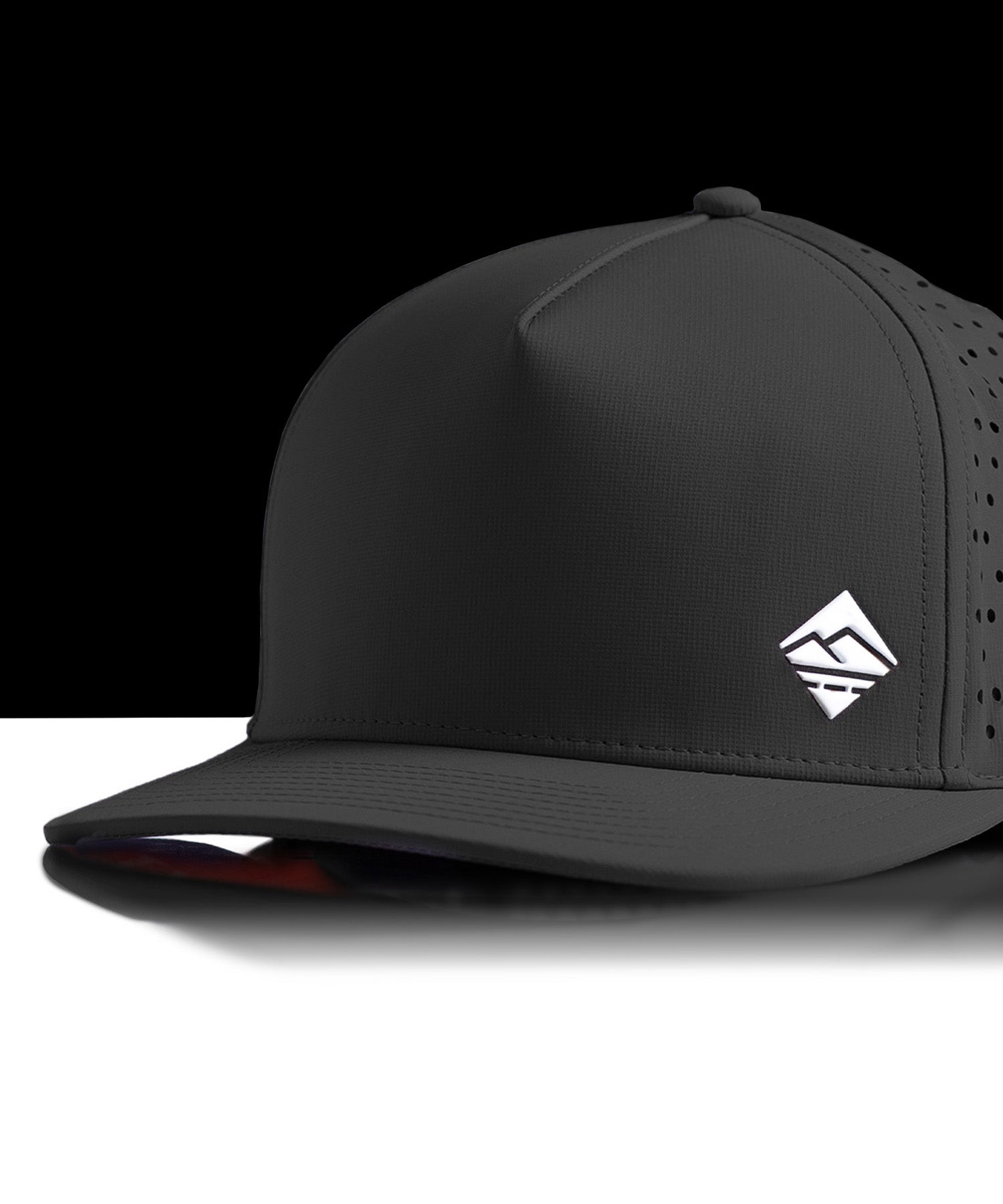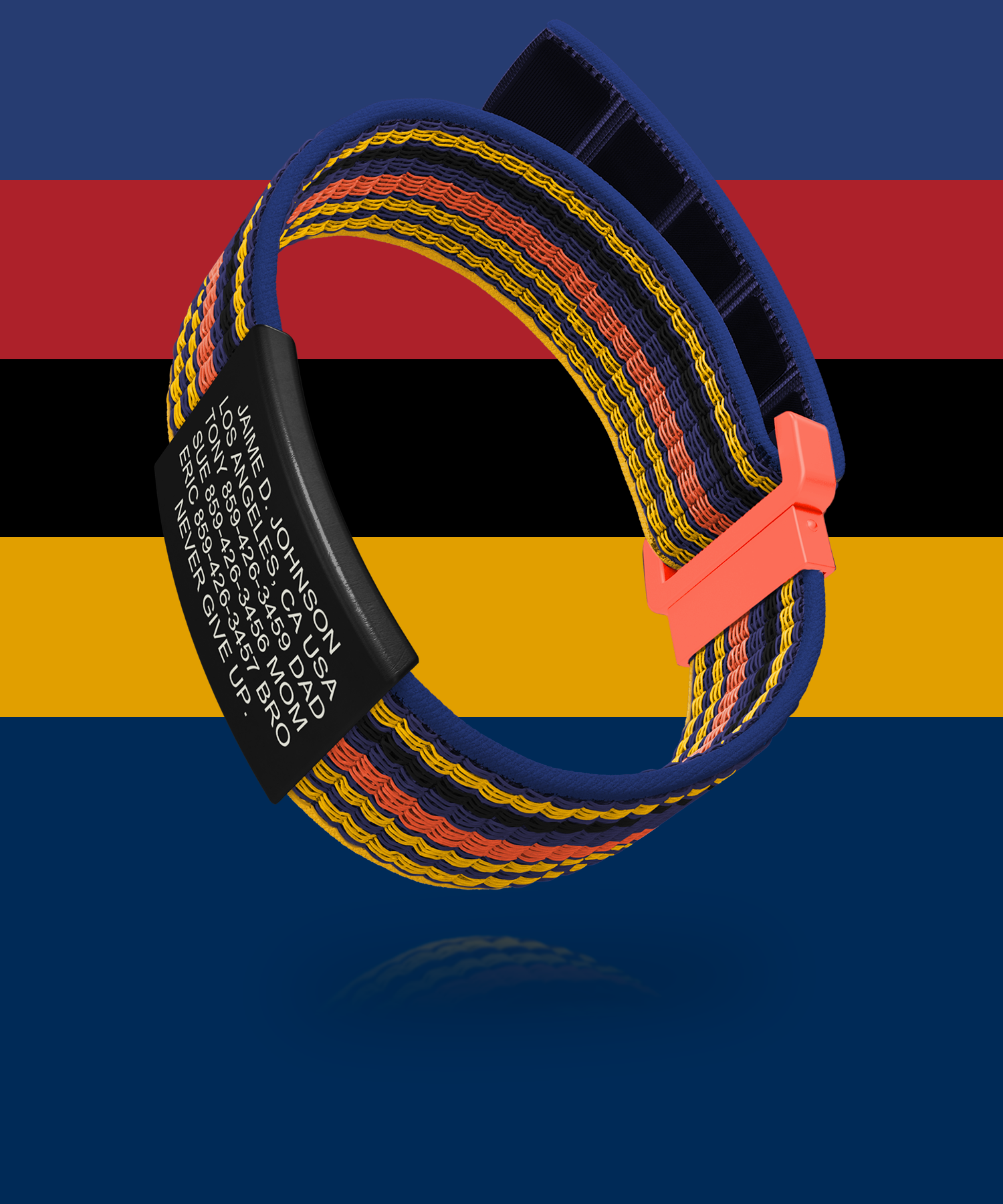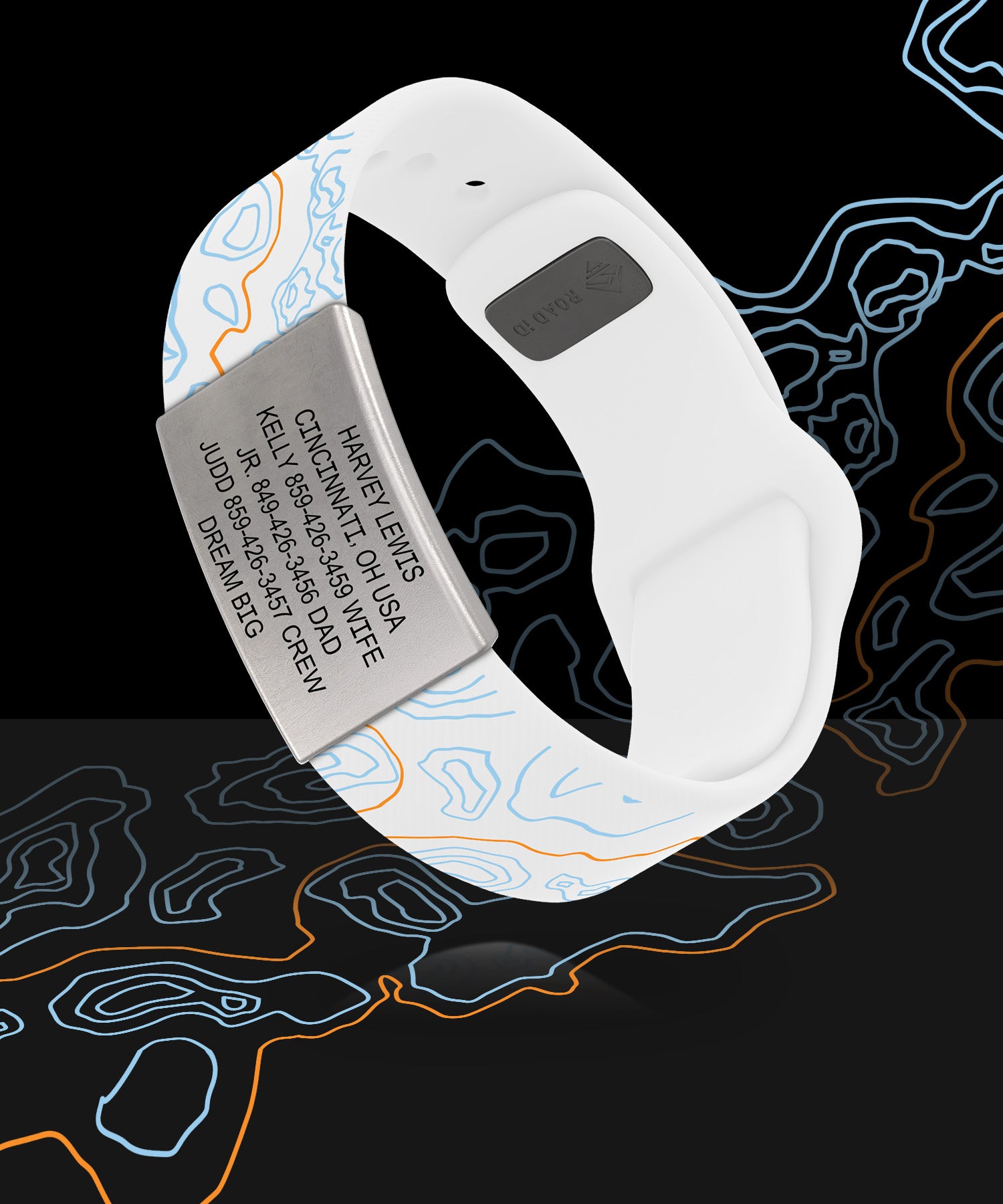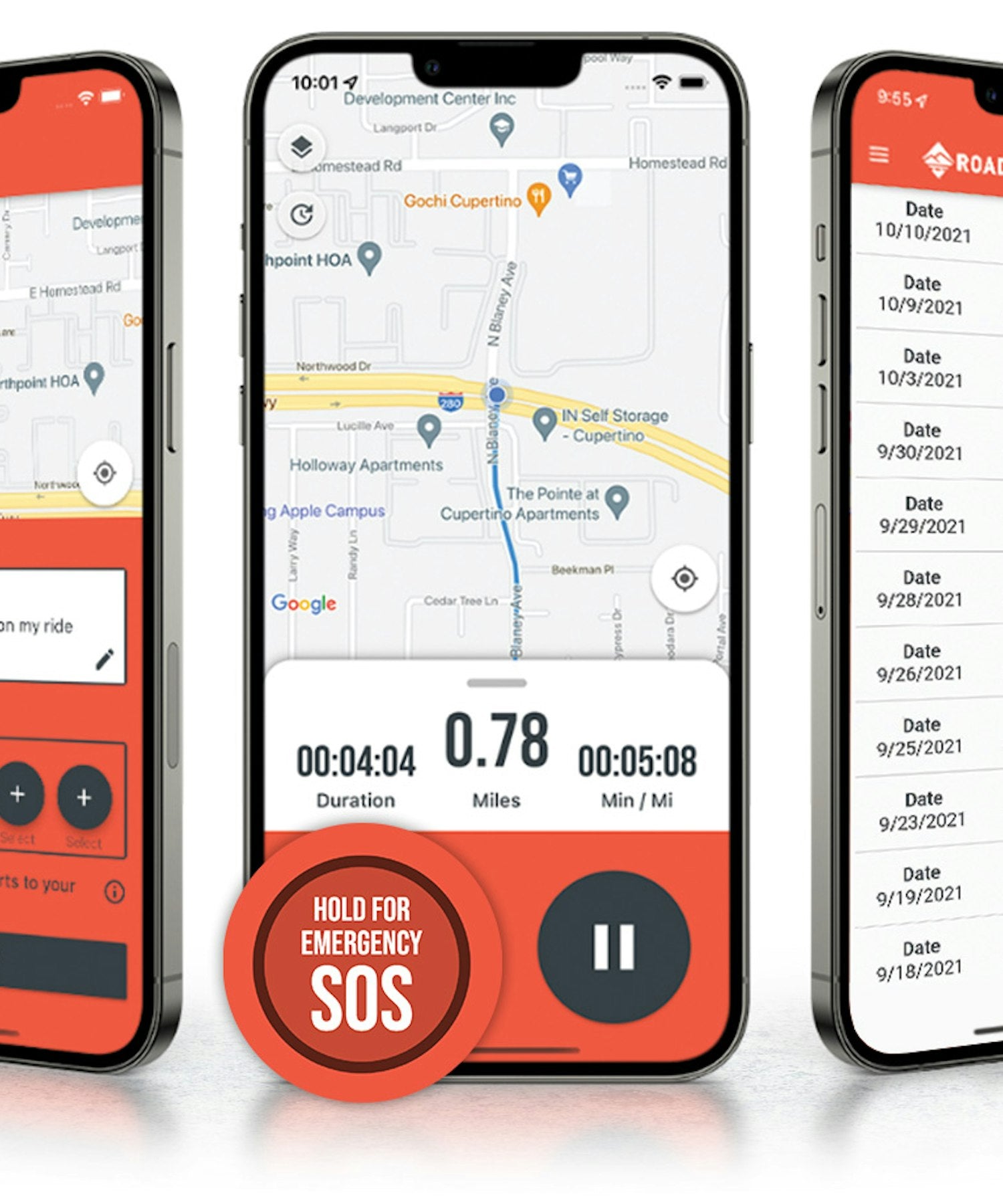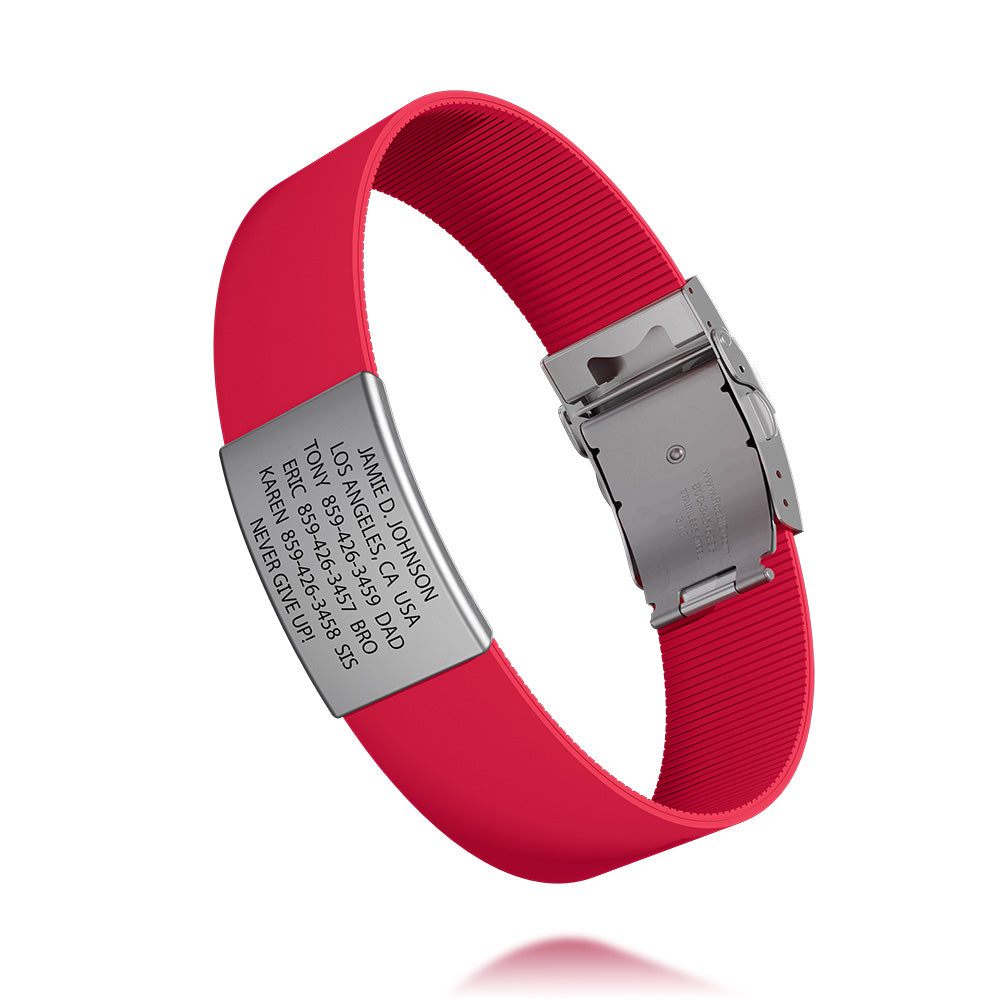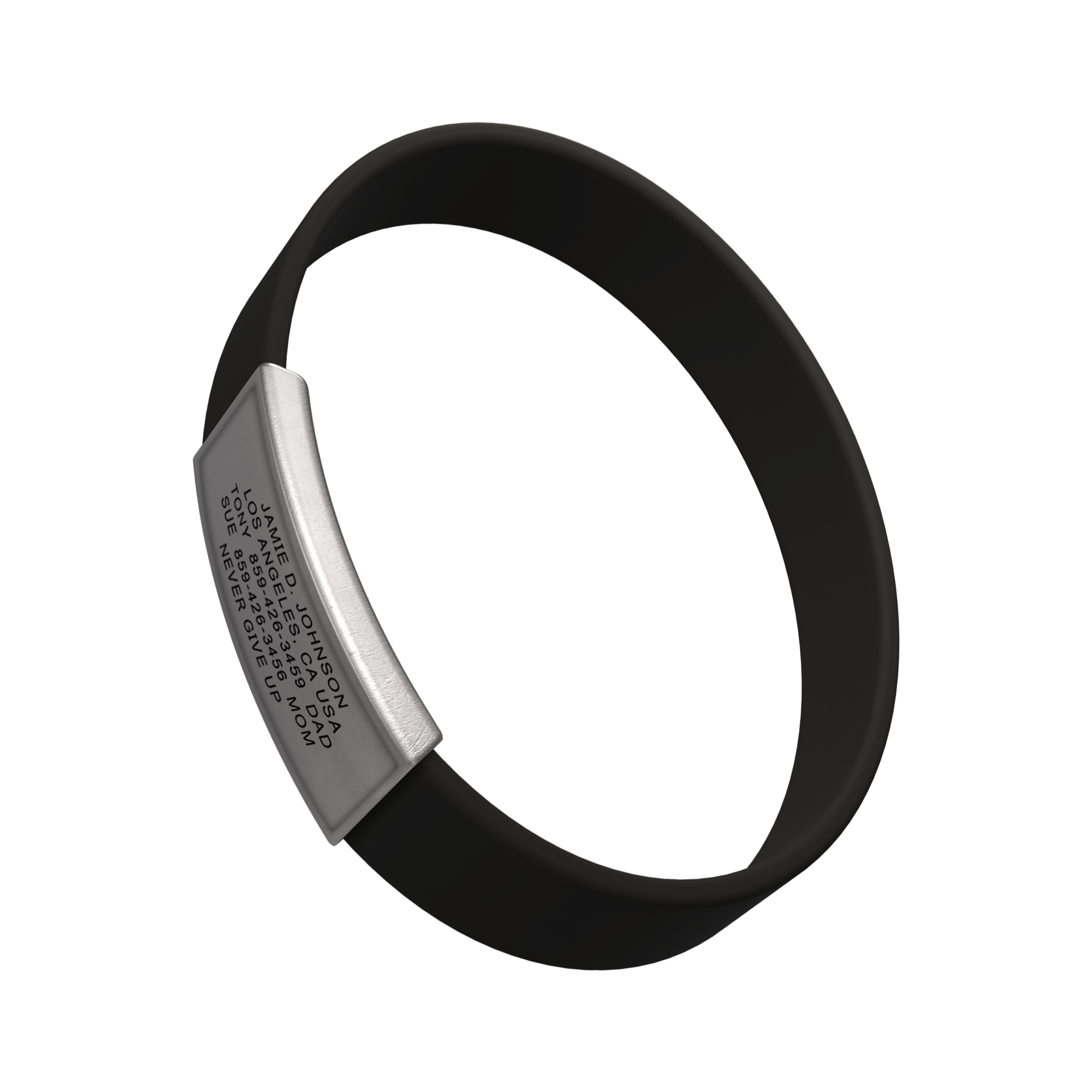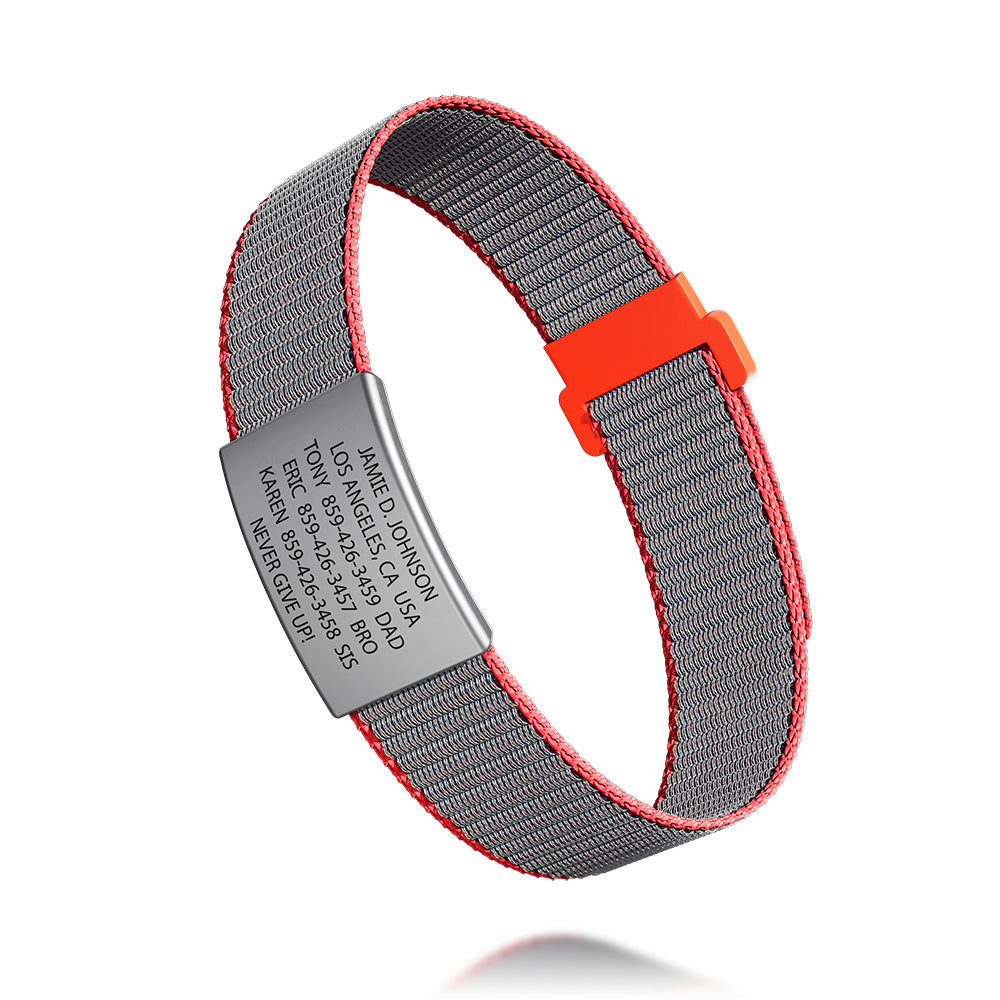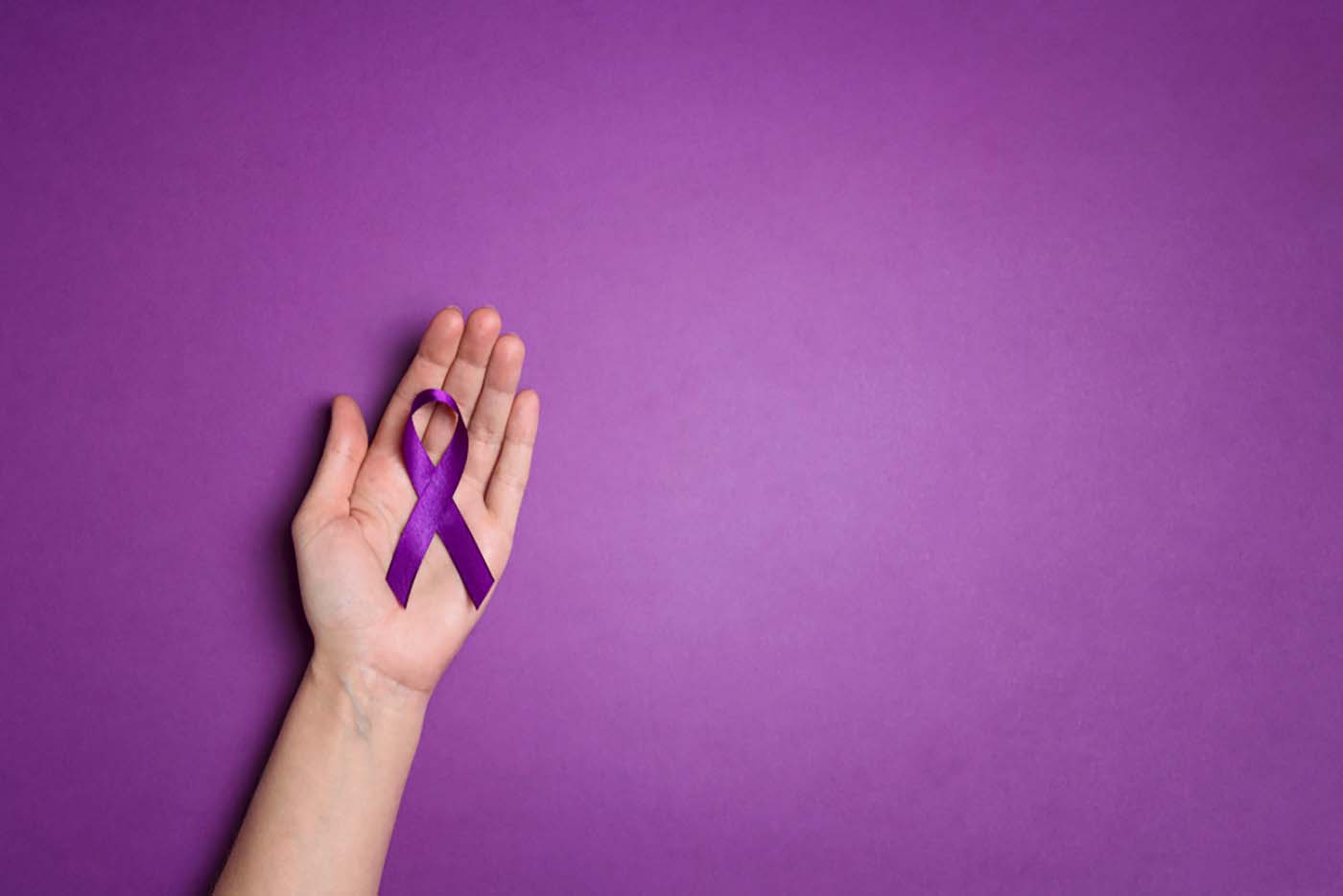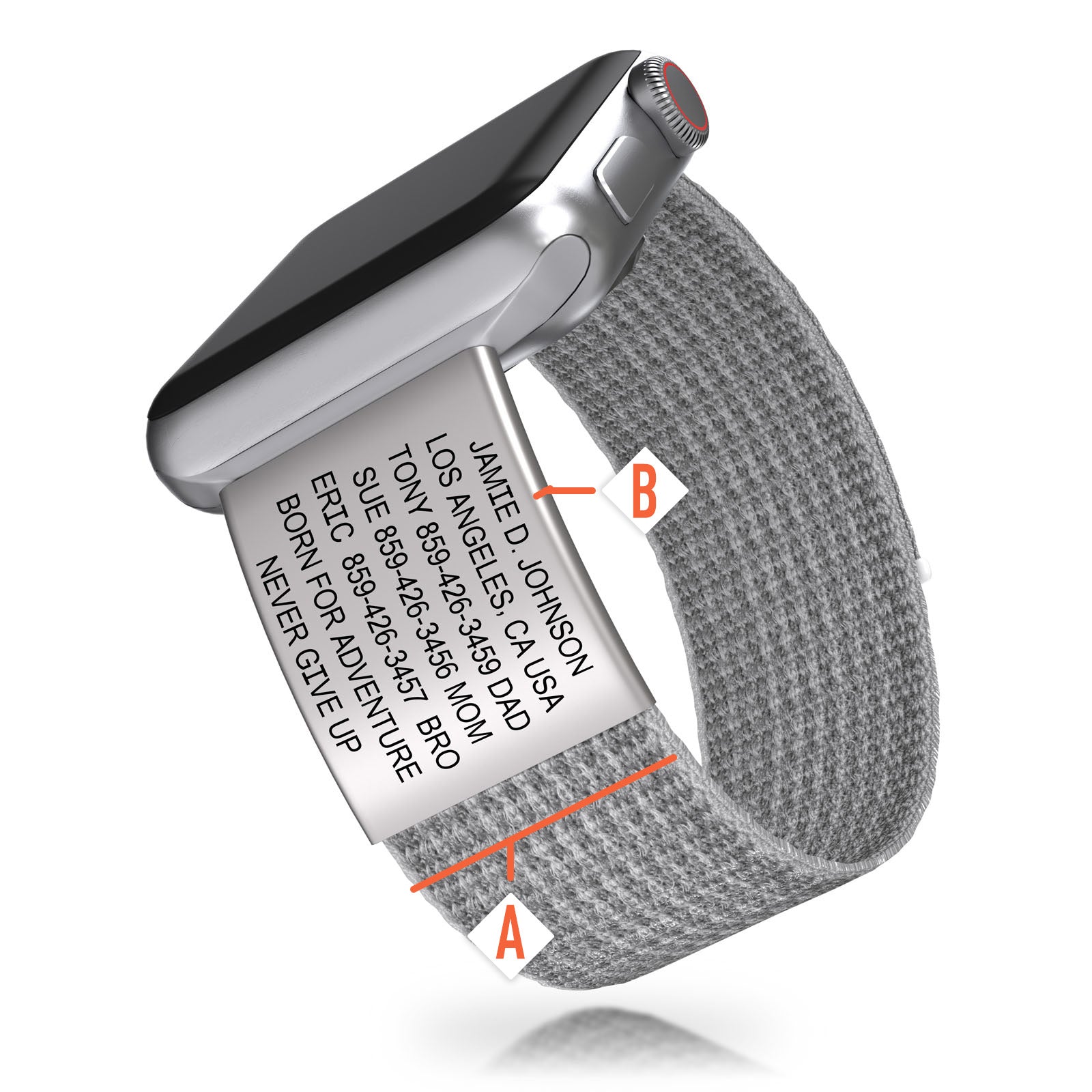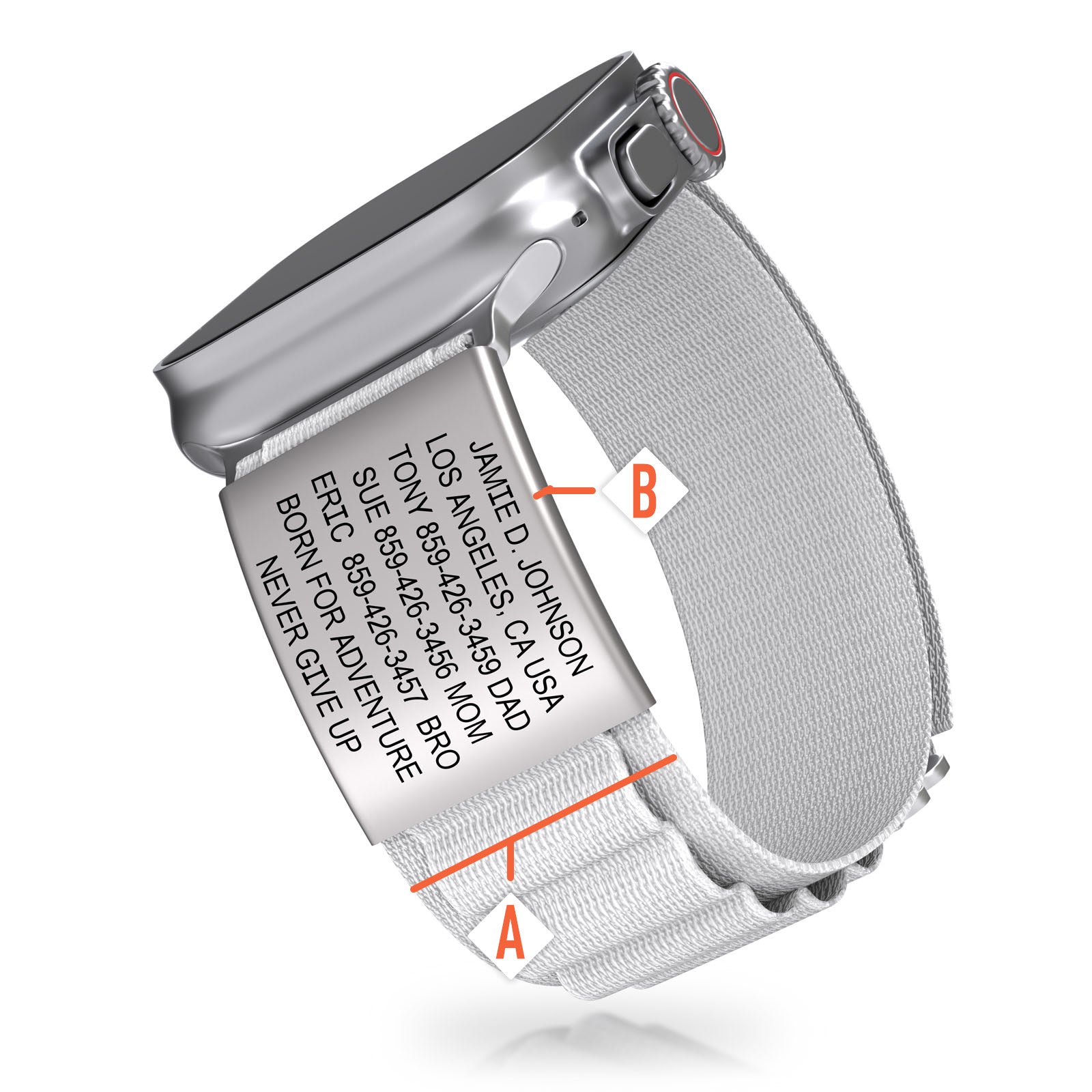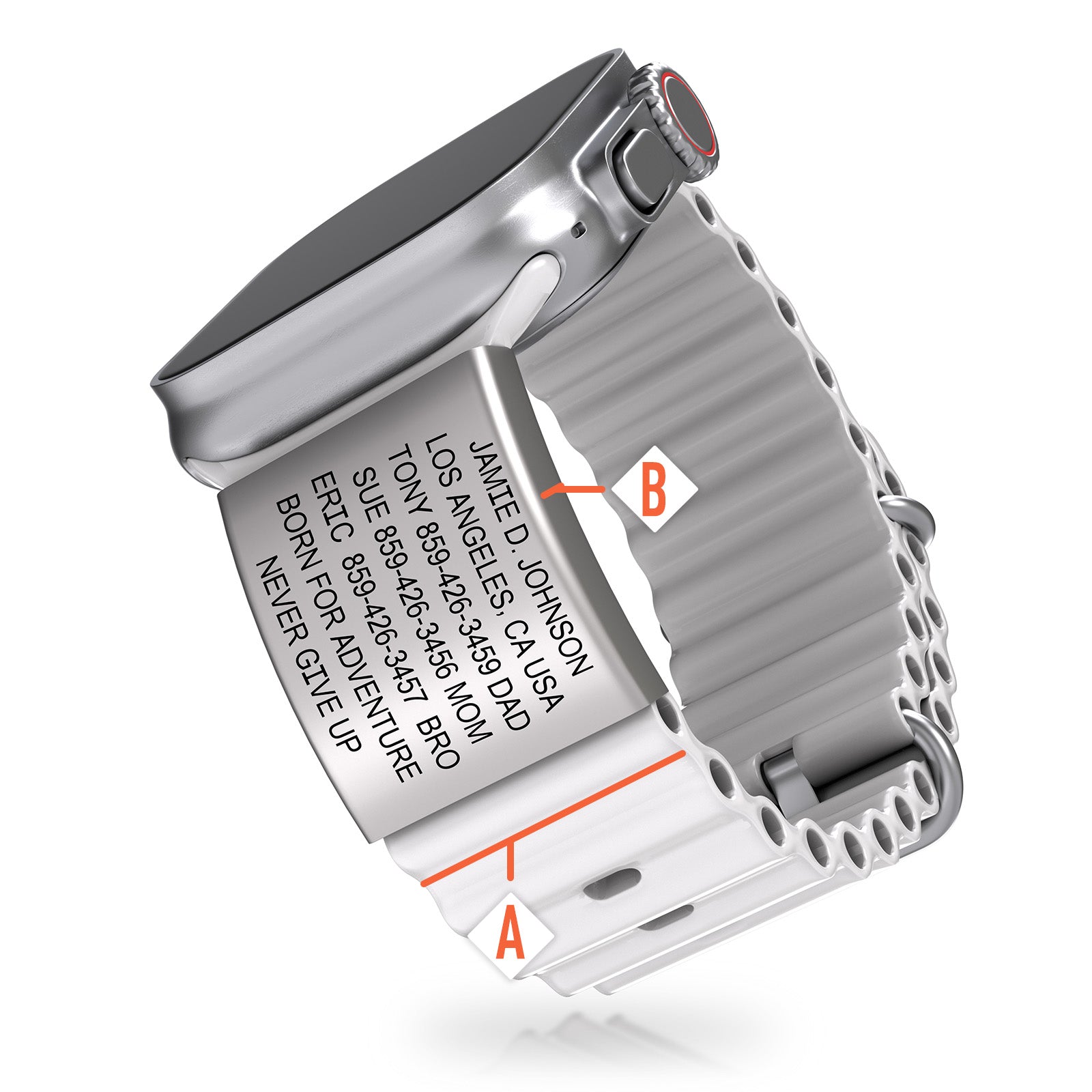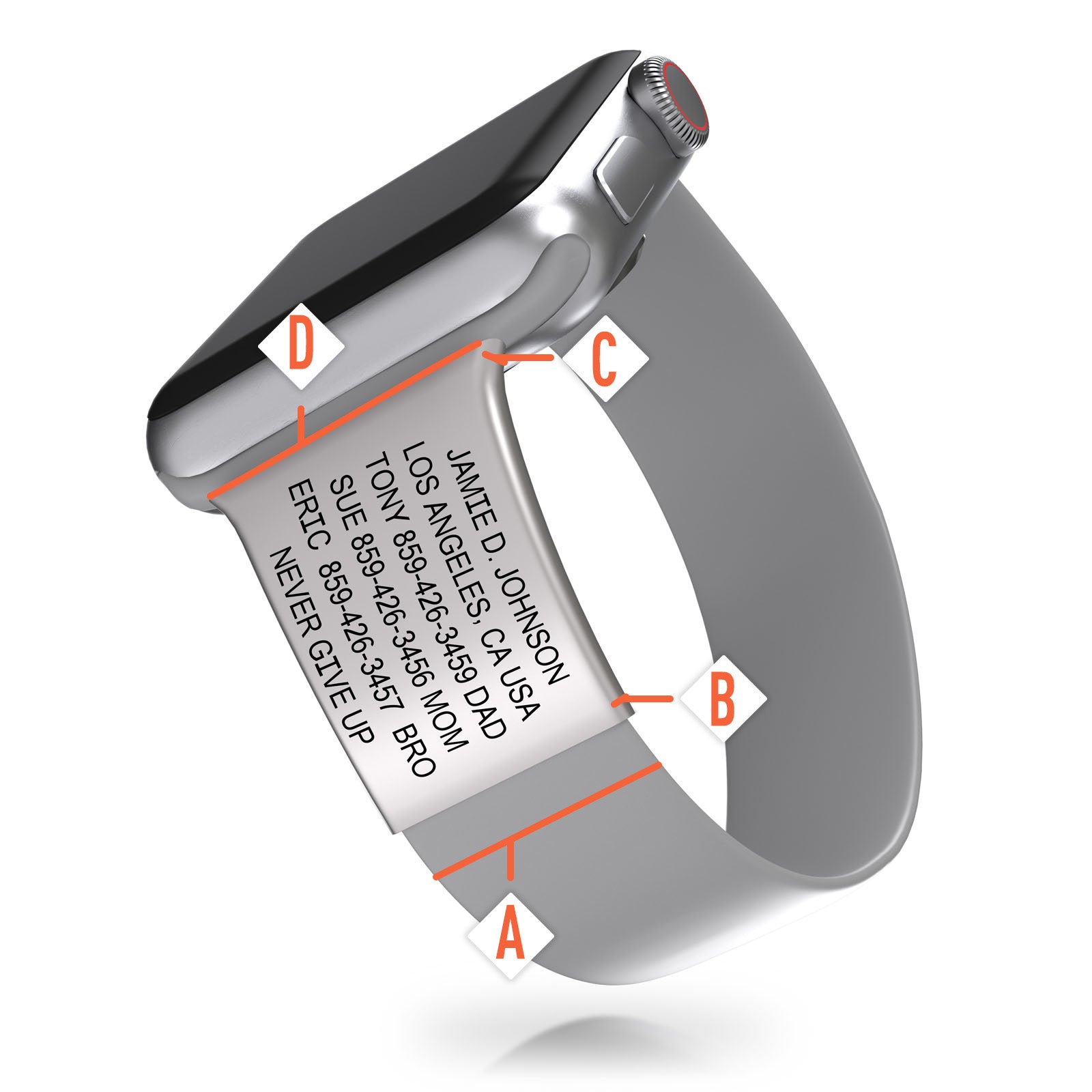Living with a medical condition is no small feat. Whether it’s a minor condition or a chronic illness, it’s a medical issue you have to worry about every day. Depending on your condition, you could be on high-alert at all times. For instance, you never know when a seizure or allergic reaction might strike while in a public place.
It’s recommended that people with medical conditions wear a medical alert bracelet, as there is no use in taking chances. The question of the day is: Do you need a medical bracelet?
We recommend wearing a medical alert bracelet if you or someone you know lives with the following medical conditions.
Diabetes
While there are ways you can manage your health while living with diabetes, whether it be Type 1 or Type 2, there’s no perfect way to prevent a diabetic emergency. Even if you do everything right, something can go wrong and you might find yourself without insulin or sugary food nearby.
Diabetic jewelry could be a lifesaver in the event of a diabetic emergency. Custom engravings will allow you to alert anyone nearby that you are diabetic, as well as what type you have. This information will be especially important for any first responders who arrive to treat your medical emergency — whether you’re unconscious or unable to speak.
Seizure Disorders
Seizures are medical conditions that require vigilance, and will greatly benefit from an alert bracelet. Anyone with a seizure disorder or epilepsy should wear a medical alert bracelet, especially when out in public. In the event that you have a seizure, bystanders addressing your physical reaction can quickly identify you have a history.
When calling for emergency medical services (EMS), they can inform EMTs that your bracelet states you have a seizure disorder, as well as listing a specific medical diagnosis, medications you are on and preferred care instructions.
Wrist ID Silicone Clasp Medical
Alzheimer’s and Dementia
Living with Alzheimer’s and dementia is strenuous, both for the people with these medical conditions and their nearest loved ones. Anyone who has experienced a family member with a medical condition knows how troublesome it can be, from disorientation to confusion, memory loss to erraticness, anger to depression and wandering.
A medical ID bracelet is essential for anyone with one of the diseases, as it can protect them in the event of an episode — particularly when they become disoriented, wander away from home and forget where they are.
Anyone assisting them — in their confused state and medical condition — can provide a lending hand. Upon noticing their medical alert bracelet, a bystander can quickly identify that they are suffering from memory loss. With the right engraving on their medical alert jewelry, they can even be informed of where they live, who their primary care physician is, the name and number of their emergency contact and more.
Food, Drug and Chemical Allergies
Anyone with an allergy knows the struggle. You have to be wary of most things you come in contact with, whether it be food, medication or a chemical used for cleaning. Whether it’s peanuts, wheat, amoxicillin or bleach, you need to be cautious of the objects and ingredients around you.
Allergy bracelets can act as a line of defense in the event of an allergic reaction. Although the medical alert jewelry won’t be as helpful as an EpiPen shot, it can be essential to keeping you safe when you notice an attack striking.
One of the greatest worries with allergies is anaphylaxis — swelling of the throat which can lead to not being able to breathe. A medical ID bracelet will inform bystanders and emergency personnel of what exactly you’re allergic to. Depending on your physical reaction and surroundings, medical officials can quickly determine what specifically caused your ailment thanks to the medical alert jewelry present.

Source: Just Dance/Shutterstock
Lung Problems
Medical IDs and medical alert bracelets are equally beneficial for anyone with respiratory illnesses and similar chronic medical conditions. In the event of an emergency, it can be difficult for medical professionals to determine whether your symptoms are caused solely by a respiratory disease — say versus allergies, choking, a neurological disorder, etc.
You should clearly list on a medical ID bracelet just what respiratory illness you have, whether it’s asthma, COPD, emphysema or cystic fibrosis. You should also engrave any medications you are on for your condition, especially in the event of an emergency, as well as any medications you know you should not be given.
Carry Your Medical History with You Wherever You Go
Medical alert bracelets are a must for anyone living with a serious medical ailment, whether it’s been listed above or not. In the event of an allergic reaction, allergy bracelets could save your life. Upon having a seizure, a properly engraved medical ID bracelet could help EMTs begin a proper course of action.
Don’t wait until a medical emergency strikes. Take precautions and remain protected by carrying your medical history with you wherever you go.
Get Your Medical Alert Bracelet Today!